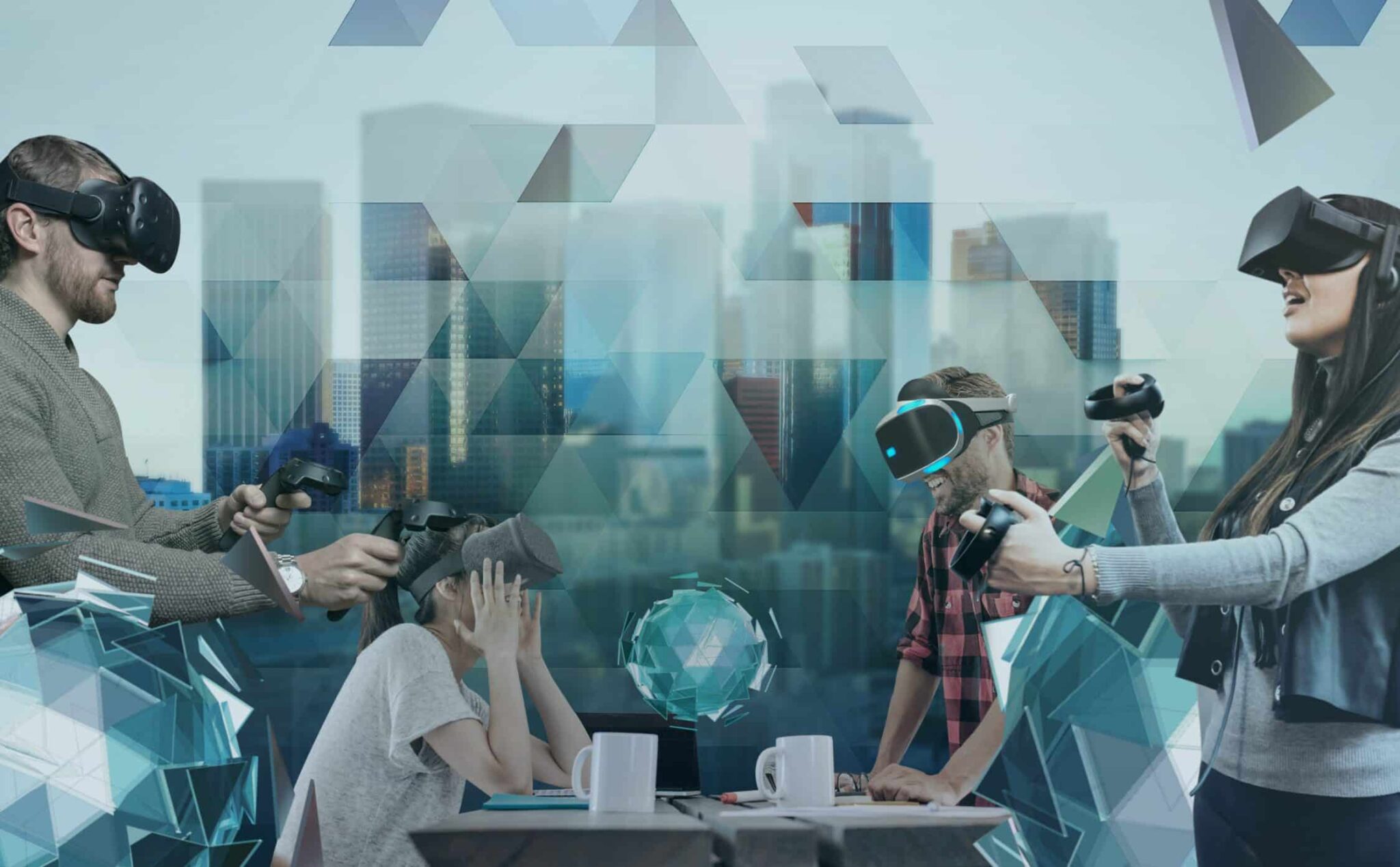In today’s rapidly evolving world, technology has become an integral part of everyday life. From artificial intelligence (AI) transforming industries to virtual reality (VR) reshaping the way we interact with digital environments, modern technologies are advancing at an unprecedented pace. As we navigate this broad spectrum, understanding the key developments and their implications is essential for both individuals and businesses. This article explores the landscape of AI and VR, shedding light on their growth, applications, and impact.
The Rise of Artificial Intelligence (AI)
Artificial intelligence, once the realm of science fiction, is now a reality that has permeated almost every sector. At its core, AI refers to the simulation of human intelligence in machines that are programmed to think, learn, and adapt. Machine learning, a subset of AI, has driven remarkable advancements in fields such as healthcare, finance, retail, and more.
- AI in Healthcare: AI has transformed the healthcare industry, particularly through predictive analytics and diagnostic tools. Algorithms now analyze vast amounts of medical data to identify patterns, improving the accuracy of diagnoses and personalizing treatments. For example, AI-driven tools help radiologists detect cancerous tumors earlier than traditional methods, potentially saving lives.
- AI in Finance: In the financial sector, AI is used to optimize operations, enhance customer service, and reduce fraud. Banks and financial institutions deploy AI algorithms to assess risk, automate trading, and improve decision-making. Moreover, chatbots powered by natural language processing (NLP) have revolutionized customer service by handling inquiries and transactions more efficiently.
- AI in Retail: Retailers leverage AI to predict consumer behavior, optimize inventory management, and enhance the shopping experience. Personalized recommendations based on user preferences have become a staple of e-commerce platforms like Amazon and Netflix, driven by sophisticated AI models.
Despite the numerous benefits, AI also raises ethical questions, particularly concerning data privacy, bias, and job displacement. As AI systems become more autonomous, the need for regulation and ethical guidelines becomes increasingly important.
Virtual Reality: Immersing into Digital Worlds
Virtual reality, or VR, offers a fully immersive digital experience where users can interact with computer-generated environments. While VR is often associated with gaming, its applications extend far beyond entertainment, influencing education, healthcare, real estate, and even social interaction.
- VR in Education: Virtual reality provides an interactive platform for education, allowing students to experience historical events, visit distant places, or engage in complex simulations without leaving the classroom. Medical students, for instance, can practice surgeries in a virtual operating room, enhancing their skills in a safe environment.
- VR in Healthcare: In healthcare, VR is used for training and therapy. Surgeons practice complex procedures in a risk-free environment, while patients undergoing rehabilitation use VR for physical therapy exercises. Additionally, VR has been utilized in treating mental health conditions, such as PTSD, through exposure therapy in controlled virtual environments.
- VR in Real Estate: Virtual reality has revolutionized the real estate industry by offering virtual tours of properties. Potential buyers can explore homes without being physically present, saving time and resources while providing an engaging and detailed view of properties.
VR’s potential, however, is accompanied by challenges. The technology remains relatively expensive for widespread adoption, and issues related to motion sickness and accessibility still need to be addressed.
Convergence and the Future: AI and VR Together
While AI and VR have distinct functionalities, the convergence of these technologies is where the real magic happens. AI can enhance VR experiences by making virtual environments more responsive and dynamic. Imagine a VR simulation where AI-driven characters can adapt and respond to users’ actions, creating a more personalized and immersive experience.
In the realm of gaming, AI-powered NPCs (non-playable characters) could learn from the user’s behavior, offering tailored challenges and more realistic interactions. In education, AI can analyze a student’s progress in a VR setting, adjusting the learning experience in real-time to match their pace and understanding.
The combination of AI and VR also opens doors in fields like customer service, training, and design. For instance, AI could generate virtual environments based on real-time data, creating customized virtual spaces for different purposes, such as team collaboration or individual learning.
Challenges and Ethical Considerations
As with any technology, AI and VR come with their own set of challenges. Privacy concerns are paramount, especially with AI systems that rely on vast amounts of personal data. Ensuring that data is used responsibly and transparently is crucial to maintaining user trust.
In VR, the psychological impact of immersive experiences must also be considered. Long-term exposure to virtual environments could potentially blur the lines between reality and fiction for some users, leading to unintended consequences. Additionally, ensuring inclusivity and accessibility within VR environments is key to preventing the creation of digital divides.
Conclusion
The spectrum of modern technologies, spanning from AI to VR, offers transformative possibilities across industries. These technologies are reshaping the way we live, work, and interact with the world. However, navigating this spectrum requires not only an understanding of their potential but also a responsible approach to their development and implementation. As AI and VR continue to evolve, their convergence will likely bring even more innovative solutions, bridging the gap between the digital and physical worlds.
In the journey from AI to VR, we are just beginning to scratch the surface of what’s possible. The future holds exciting prospects, and the key to unlocking their full potential lies in thoughtful integration, ethical considerations, and ensuring that these advancements serve the greater good.



